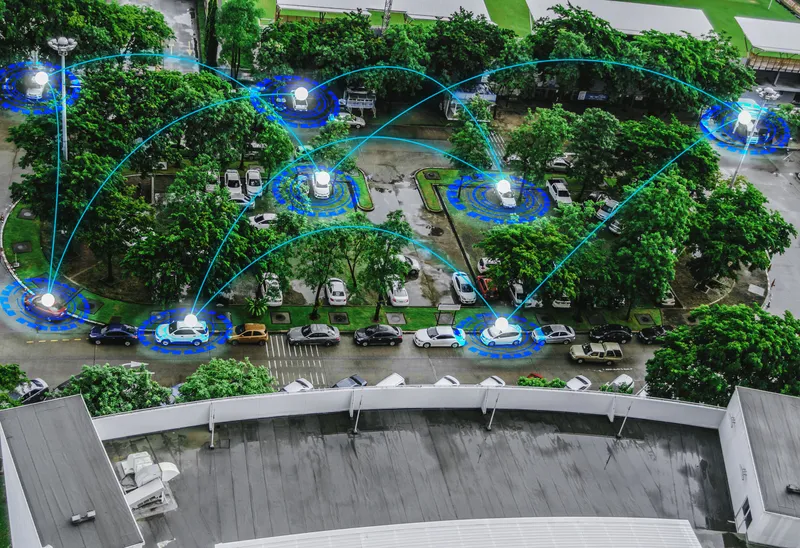
Google says the upgrade will extend the capabilities of the SOS alerts to provide crisis information via relevant news stories and Twitter updates from local authorities to include detailed visualisations about hurricanes, earthquakes and floods.
In the days leading up to a hurricane, users will receive a crisis notification card on Google Maps warning them if they are in its path. A forecast cone shows the prediction of the storm’s trajectory along with information about what time it is likely to hit certain areas, the company adds.
The crisis card is also expected to display a visualisation of an earthquake’s magnitude along with colour coding to indicate the intensity of shaking in surrounding areas.
According to Google, users in India will be able to see forecasts of where flooding is likely to occur in addition to the expected severity in different areas.
This summer Google intends to offer another alert which informs people of routes which may be affected by crisis activity.









